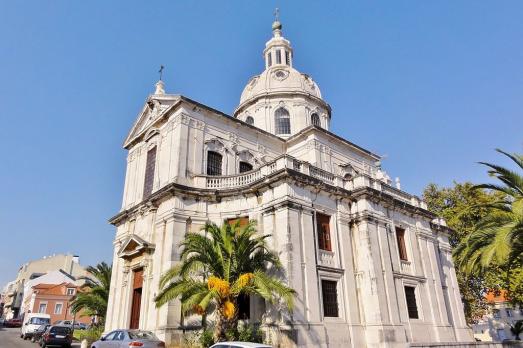
Memory Church (Igreja da Memoria), Lisbon
Lisboa, PT
The Memory Church is Baroque church in western Lisbon built on the site of the attempt assassination of King José I.
Here you can search for a building to visit. You can use the map find destinations, or you can use the filters to search for a building based upon what different criteria.

Lisboa, PT
The Memory Church is Baroque church in western Lisbon built on the site of the attempt assassination of King José I.
Medemblik, NL
The Mennonite church, also called the meeting house, is a clandestine church from the 17th century.
s-Gravenhage, NL
Detached single-nave church in neo-Romanesque style from 1885-1886 designed by the architect K. Stoffels for the Mennonite community. The church building is part of the rich late 19th century buildings on the curved Paleisstraat, which were constructed after the community of King William III had taken over the royal possessions behind the palace on the Kneuterdijk.

Aalsmeer, NL
The "Mennonite Church of Aalsmeer was built between 1926 and 1927 according to the designs of JF Staal (1879 - 1940). It is listed as a National Monument of the Netherlands.
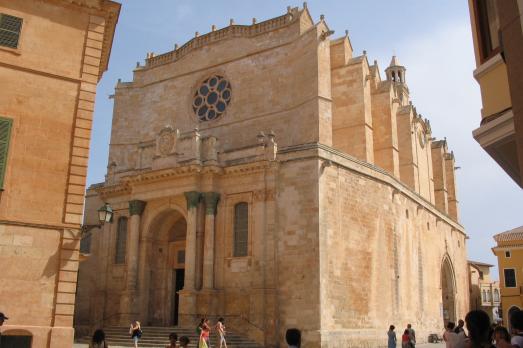
Ciutadella de Menorca, ES
Menorca Cathedral is an example of Catalan Gothic architecture, built in the 13th and 14th centuries on top of a mosque. Marès stone (limestone), the island's traditional building material, was used for the construction. A Turkish raid in 1558 seriously damaged the church. Repairs only lasted until 1626, when a fire caused the apse to collapse. After that, a more solid reconstruction took place. The church was raised to the status of a cathedral in 1795.
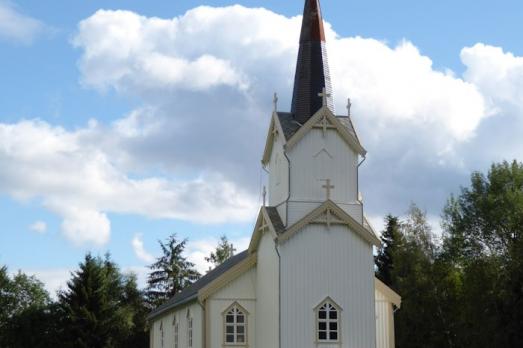
Meråker, NO
Meråker church is a white, wooden church that was built in a long church style in 1793 by the architects P. Olsen and E. Nanstad.
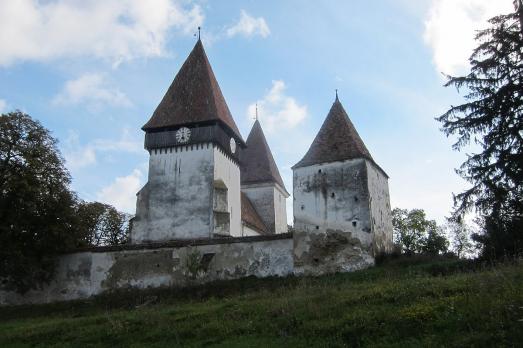
Merghindeal, RO
The Romanesque basilica from the 13th century has been largely preserved, as is testified by the connection between nave and side aisles. Two centuries later, during the fortification phase, a tower with later demolished parapet walk was erected above the chancel. The defence level of the western tower and its timber frame parapet walk is still preserved. This type of church with two towers is also found in the neighboring village of Dealu Frumos. The square ring wall with two defense towers had loopholes and parapet walks. From the last one only the insertion holes of the beams are still preserved. The gate tower was once home of the castle guardian.
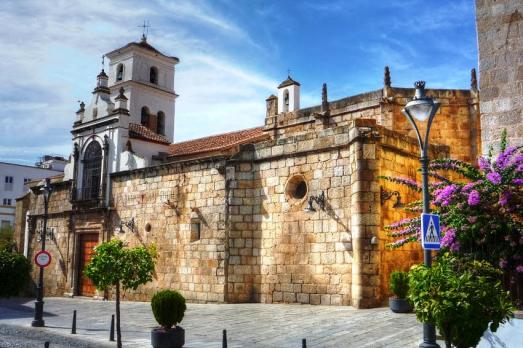
Mérida, ES
Merida Cathedral dates back to the 13th century. When the city was conquered by Alfonso IX of León and returned to Christian rule, it was attached to the Archbishopric of Santiago de Compostela. Work began on the construction of a chapel dedicated to the Virgin Mary on the ruins of the Visigothic cathedral. In 1479, Don Alonso de Cárdenas, Master of the Order of St. James, ordered the chapel to be enlarged with the aim of making it the main church of the city. In 1620, a bull of Pope Paul V created the title of titular bishop of Merida. The bishop was chosen from among the priests of the Order of Santiago, who chose the church of Santa María as the seat of their bishopric.
Doetinchem, NL
In 2013, a new Merkez Mosque was put into use. In the same architectural style as the mosque, a minaret was placed on Saturday, April 6, 2013.
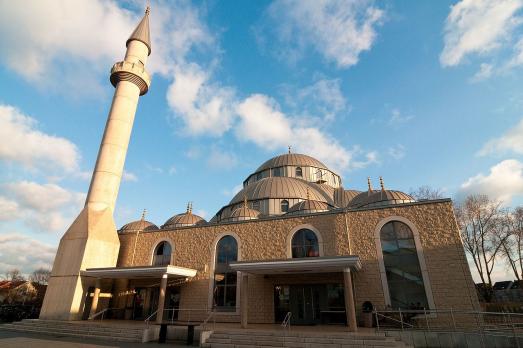
Duisburg, DE
The DITIB Merkez Mosque, one of the largest in Germany, was built in the traditional Ottoman style between 2004 and 2008. The building has a surface area of 40 by 28 metres, a 34 metre high minaret and a 23 metre high silver dome roof. The gross floor area is approximately 2,500 m². There is no call to prayer by a muezzin outside the building.

new
The Chassidic Route is a cultural and historical trail tracing the rich legacy of Jewish communities in southeastern Poland and western Ukraine. This region was central to the rise of Chassidism in the 18th century. Here, we highlight 10 remarkable synagogues you’ll discover along this route.

he cradle of the Industrial Revolution in Germany, Chemnitz, is well-known for its industrial heritage landscape, but the city is also home to remarkable examples of religious architecture from different historical periods. Join us as we explore the key landmarks of this European Capital of Culture 2025.

The twin towns of Nova Gorica (Slovenia) and Gorizia (Italy), lying on the border between the two countries, have a rich religious heritage, steeped in centuries of tradition. If you are looking for ideas for your visit, take note of these 10 religious sites that you should not miss.